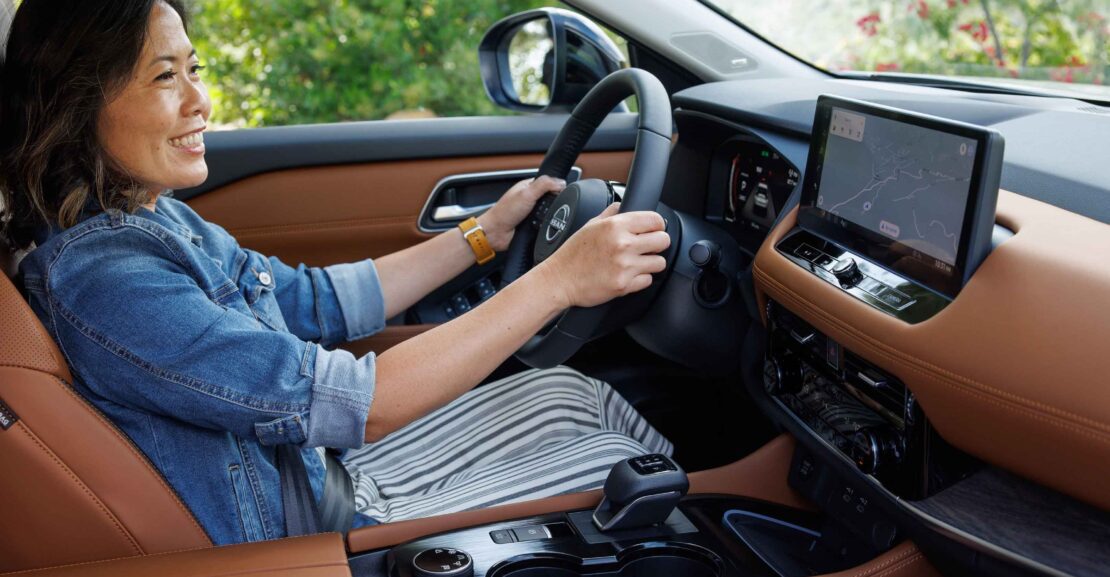Auto Guide: How can I consume less fuel with my car?
The cost associated with owning a car extends beyond its initial purchase price. Regardless of whether you opt for an upfront payment or choose a financing option, you’ll find yourself grappling with ongoing expenses if your goal is to maximize the car’s utility over an extended period.
Among the recurrent and unpredictable expenditures, fuel stands out prominently. The fluctuating prices at the gas pumps, driven by market dynamics, undergo weekly changes. Despite the advancements in engineering that make modern cars more fuel-efficient compared to their counterparts from decades ago, individuals generally seize opportunities to further economize.
For those seeking to minimize fuel consumption, particularly with frequent car usage, here are some valuable tips.
Check your tire pressure
While the engine and transmission are the driving forces behind your car, it’s the tires that establish the crucial connection with the road, enabling forward motion. This connection is facilitated through a contact patch, which is the specific area of the tire that makes direct contact with the road surface. The size of the contact patch, influenced by factors like underinflated tires or heavier loads, directly impacts the rolling resistance the car must contend with.
A larger contact patch, resulting from factors such as under-inflation or increased loads, contributes to higher rolling resistance. This, in turn, necessitates more effort from the engine to keep the car in motion, leading to increased fuel consumption. It’s advisable to regularly check your tire pressure, preferably in the morning when ambient temperatures are lower.
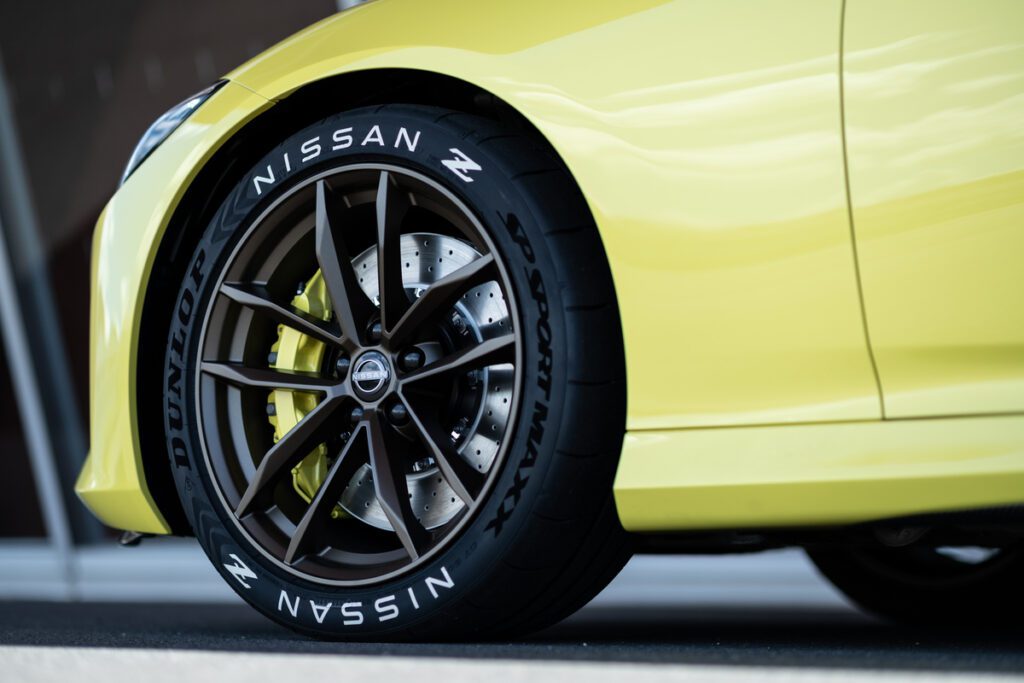
To determine the appropriate tire pressure, refer to the recommended values specified on the car’s door sill. It’s essential to adhere to proper tire guidelines and avoid overinflating the tires, as this can have adverse effects on performance and fuel efficiency.
Get rid of excess weight
In contemporary times, cars have evolved beyond mere modes of transportation and have become extensions of our homes or workplaces. In addition to the standard items like tools and early warning devices, it’s common for people to carry an array of belongings, ranging from spare clothing to equipment or miscellaneous items that haven’t found a designated place at home.

It’s crucial to recognize that all this additional weight exerts pressure on the car. Therefore, it’s advisable to carry only what is genuinely essential for a specific trip or commute and eliminate unnecessary items. For example, if you have secured indoor parking at your workplace, leaving the car cover at home can help reduce unnecessary weight. Similarly, regularly decluttering your vehicle’s cargo area by removing junk and debris contributes to lightening the overall load. By doing so, you not only enhance fuel efficiency but also promote a more organized and comfortable driving experience.
Evaluate your accessories
Many car enthusiasts seek to personalize their vehicles beyond the stock setup, especially when dealing with popular models. The avenue for personalization often involves exterior accessories, which not only add a distinctive touch to the car’s appearance but can also enhance its functionality. However, it’s essential to recognize that these add-ons, while potentially improving aesthetics and utility, can also introduce extra weight and impact the vehicle’s aerodynamics.

After installing accessories like roof carriers, bull bars, or mudguards, it’s common to observe a decline in the vehicle’s fuel efficiency. If these attachments are easily removable, it’s advisable to take them off when not in use to mitigate the impact on fuel consumption. On the other hand, if the accessories are more permanent fixtures, car owners must weigh the trade-off between the enhanced appearance or utility and the potential increase in fuel expenses. Striking a balance between personalization and fuel efficiency becomes crucial in these situations, prompting individuals to decide whether they can forego certain accessories or be prepared for a slightly higher budget for fuel consumption.
Avoid aggressive driving
Engaging in sudden acceleration, commonly known as jack-rabbit starts, and practicing hard braking can significantly escalate fuel consumption, potentially by as much as 40 percent. Aside from the negative impact on fuel efficiency, these habits can also create discomfort and pose safety risks for passengers. Even brief bursts of acceleration while cruising can contribute to a decrease in fuel efficiency.
Considering that a car consumes the most fuel when starting from a standstill, it’s advisable to adopt a smooth acceleration approach, transitioning into higher gears as the vehicle speed permits. Rather than forcefully pressing the gas pedal, envision treating it delicately, as if there were an egg beneath your foot that shouldn’t be crushed during acceleration.
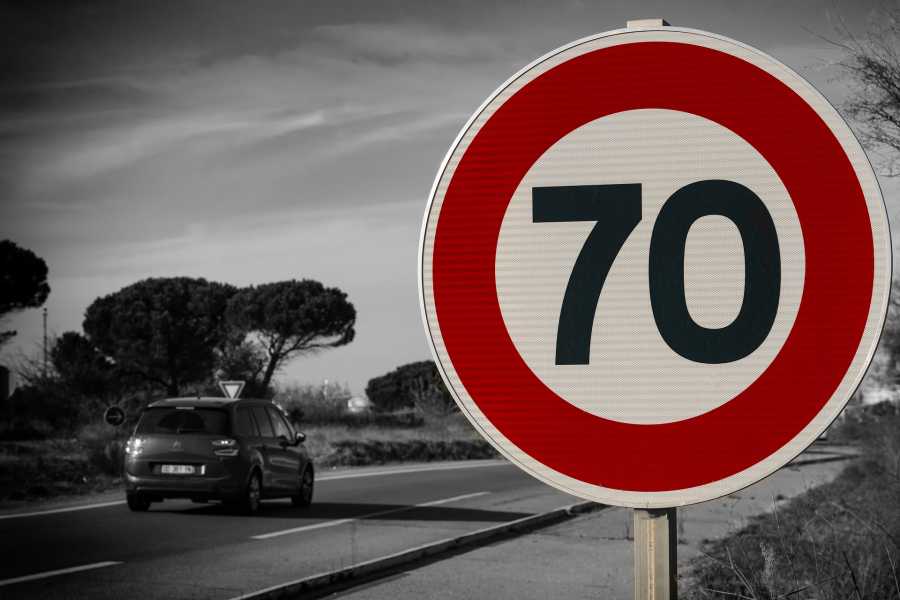
When it’s time to decelerate, lift your foot off the gas pedal and decelerate gradually. Maintaining a steady speed within posted limits on expressways can further optimize fuel efficiency. If your vehicle is equipped with cruise control, utilizing it when appropriate can contribute to a more fuel-efficient driving experience. By cultivating these driving habits, you not only conserve fuel but also enhance the overall comfort and safety of your journey.
Plan your trips
While spontaneous drives can lead to discovering new routes, the current trend of consistently rising fuel prices makes this a luxury that many can no longer afford. If you’re aware of your destination in advance, take the time to study various routes, including alternatives. This preparation ensures that you have contingency plans in case of heavy traffic or unexpected road closures.
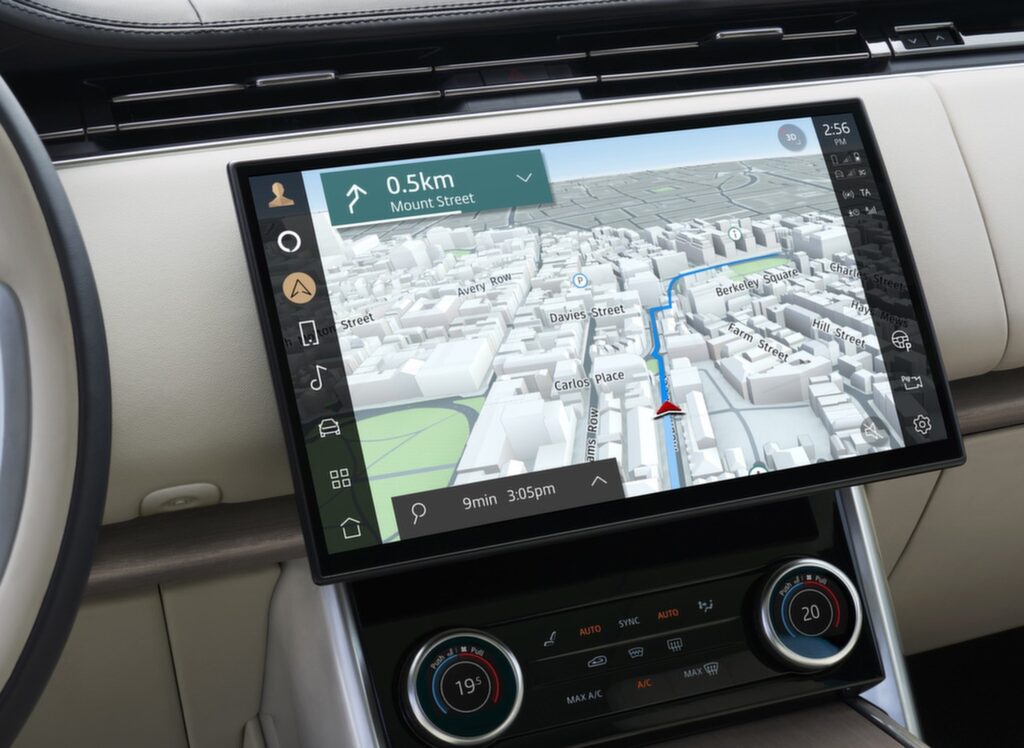
For extended journeys, plan your stops ahead of time to minimize unnecessary interruptions to your travel time. Utilize technology to your advantage, with apps like Maps providing real-time traffic information. This way, you can make informed decisions about your route and potentially avoid delays caused by congestion. By incorporating a bit of strategic planning and leveraging technology, you not only enhance the efficiency of your journey but also mitigate the impact of increasing fuel prices on your overall travel costs.
Go out only when necessary
This was a consistent reminder for everyone during the times of stricter COVID-19 lockdowns. Even as restrictions eased back to Alert Level 1, the resurgence of soaring oil prices is prompting a reconsideration of travel plans. Leisurely drives are once again taking a backseat, and essential trips are reclaiming prominence.
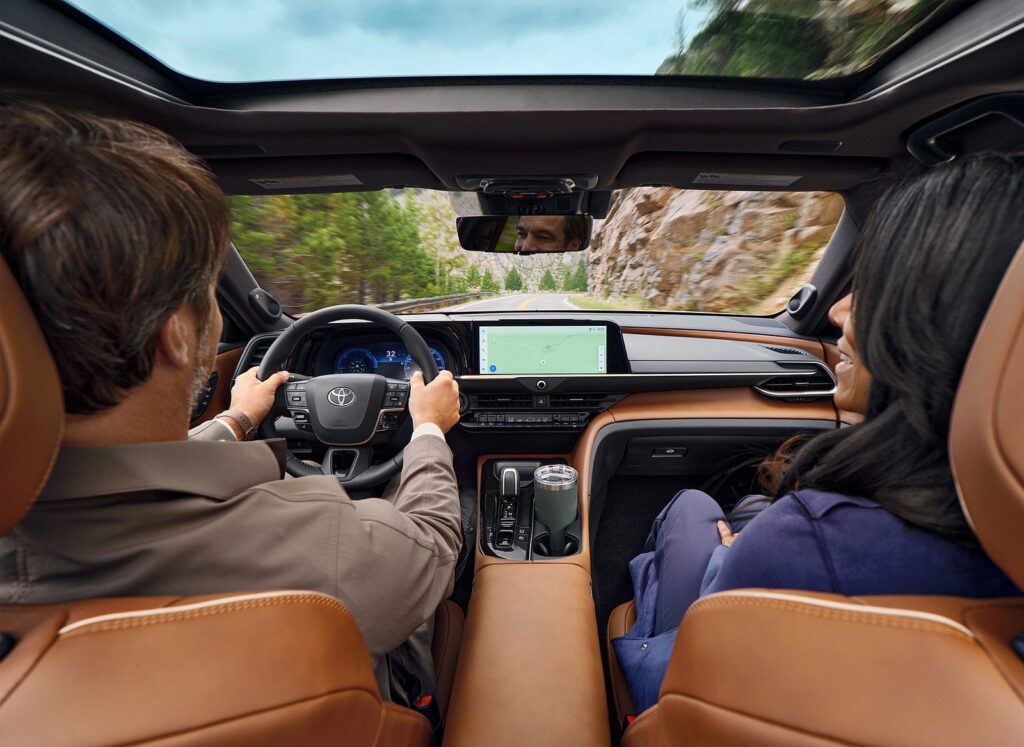
To optimize your travel efficiency amid rising fuel costs, consider consolidating multiple trips into a single day rather than spreading them across different days. This approach not only saves time but also makes more efficient use of the car’s fuel. By strategically planning and bundling essential journeys, you can navigate the challenges posed by elevated oil prices while ensuring that your travels remain as economical as possible.
Stick to the right octane rating
While many drivers, even after opting for an economy model, seek to maximize performance, a common approach is to use gasoline with a higher octane rating than the manufacturer recommends, believing it will result in a faster-running car.
However, it’s important to note that high-octane fuels, besides being more expensive than regular blends, are formulated to burn more easily. Consequently, opting for the pricier option may lead to a shorter budget lifespan. Additionally, when it comes to preventing or removing engine deposits, high-octane fuels offer no advantages over regular ones.
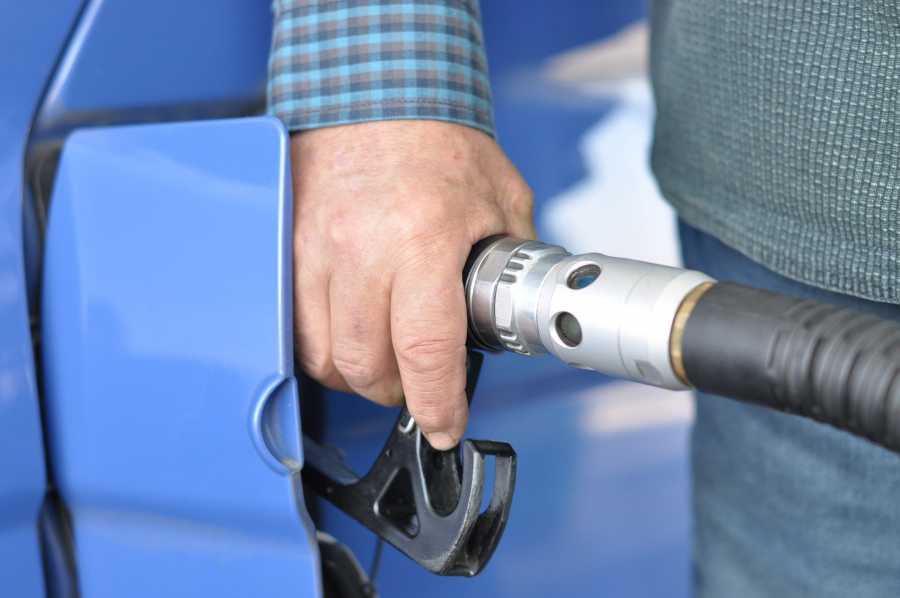
The primary benefit of high-octane fuels lies in their ability to eliminate knocking or pinging in standard engines. If your car’s motor is functioning properly and there are no issues with knocking or pinging, sticking to the manufacturer’s recommended octane fuel is the more sensible choice. This ensures that you not only adhere to the manufacturer’s specifications but also avoid unnecessary expenses associated with higher-octane fuels that may not provide any tangible benefits for your specific vehicle.
Observe periodic maintenance
Fuel efficiency is significantly influenced by the overall maintenance of the car. It is important to follow the best guidelines for car maintenance to ensure optimal car performance. Neglecting essential tasks such as overdue oil changes, a clogged air filter, or issues with the suspension can all have adverse effects on your vehicle’s fuel consumption. These maintenance lapses force the car to work harder than intended, leading to increased fuel usage.

To optimize fuel efficiency, it’s crucial to adhere to the recommended periodic maintenance schedules for your car. Regular oil changes, clean air filters, and a well-functioning suspension contribute to smoother operation and, consequently, improved fuel economy. Prioritizing these maintenance tasks not only helps you save on fuel costs but also ensures that your car operates at its best, providing peace of mind with every drive.
By investing in proper and timely maintenance, you not only enhance fuel efficiency but also contribute to the longevity and overall performance of your vehicle. It’s a proactive approach that not only saves you money at the pump but also promotes a more reliable and enjoyable driving experience.

